Archives
- 2025-12
- 2025-11
- 2025-10
- 2025-09
- 2025-03
- 2025-02
- 2025-01
- 2024-12
- 2024-11
- 2024-10
- 2024-09
- 2024-08
- 2024-07
- 2024-06
- 2024-05
- 2024-04
- 2024-03
- 2024-02
- 2024-01
- 2023-12
- 2023-11
- 2023-10
- 2023-09
- 2023-08
- 2023-07
- 2023-06
- 2023-05
- 2023-04
- 2023-03
- 2023-02
- 2023-01
- 2022-12
- 2022-11
- 2022-10
- 2022-09
- 2022-08
- 2022-07
- 2022-06
- 2022-05
- 2022-04
- 2022-03
- 2022-02
- 2022-01
- 2021-12
- 2021-11
- 2021-10
- 2021-09
- 2021-08
- 2021-07
- 2021-06
- 2021-05
- 2021-04
- 2021-03
- 2021-02
- 2021-01
- 2020-12
- 2020-11
- 2020-10
- 2020-09
- 2020-08
- 2020-07
- 2020-06
- 2020-05
- 2020-04
- 2020-03
- 2020-02
- 2020-01
- 2019-12
- 2019-11
- 2019-10
- 2019-09
- 2019-08
- 2019-07
- 2019-06
- 2018-07
-
corticosterone australia Due to the therapeutic potential of
2021-09-29
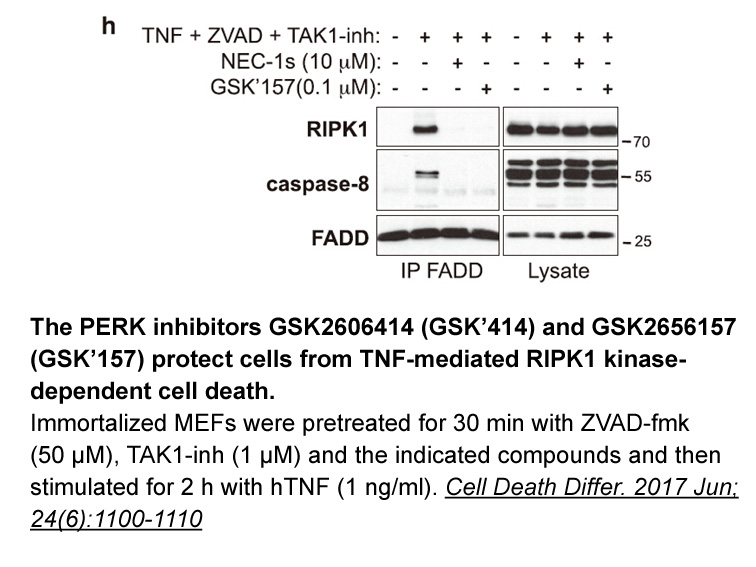
Due to the therapeutic potential of GlyT1 inhibitors, numerous drug screening campaigns have been started - and are still going on - which aimed at the identification of compounds with biological activity at or affinity for this drug target. For characterization of biological activity at GlyT1, tran
-
br Conflict of interest statement br Acknowledgments This wo
2021-09-29
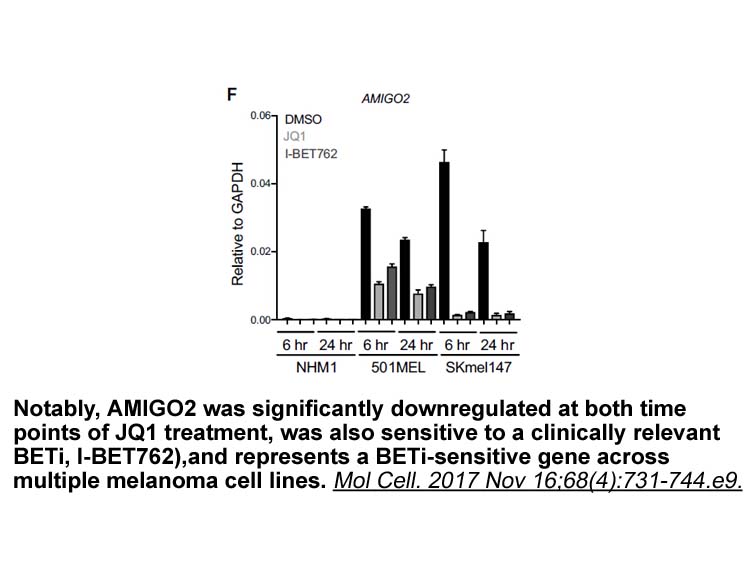
Conflict of interest statement Acknowledgments This work was funded in part by a grant from the National Institutes of Health, NIDDK award #DK61425 (to PWS). Introduction The efflux of toxic compounds from the cell by multidrug exporters is an important mechanism for cellular homeostasis a
-
phosphocreatine sale In this study we examined whether zebra
2021-09-29
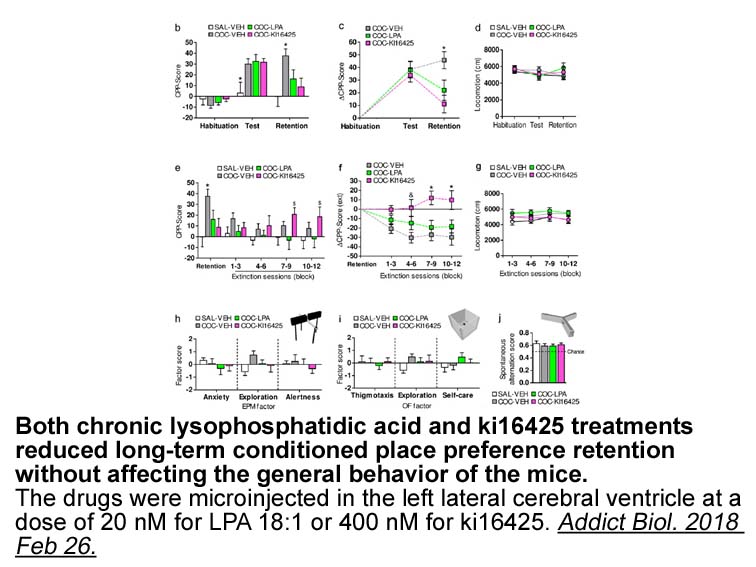
In this study, we examined whether zebrafish ionocytes might also share other types of similarity in transport function with kidney cells. In addition to ion transport, mammalian kidney phosphocreatine sale also play key roles in xenobiotic elimination, through the action of ATP-Binding Cassette (A
-
br Conclusion In summary a series of novel
2021-09-29
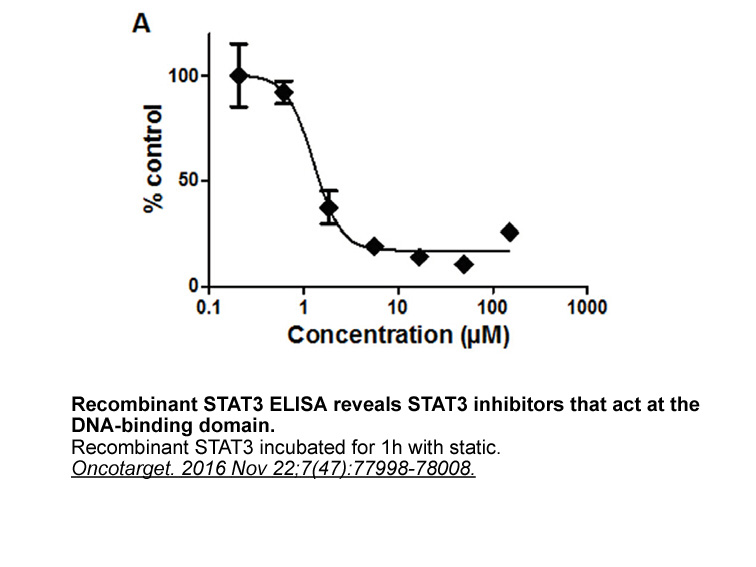
Conclusion In summary, a series of novel GPR40 agonists bearing phenylpropiolic VUF 11207 fumarate mg motif with favorable metabolic stability were prepared and evaluated for their activities as GPR40 agonists. Among them, compound 9 was identified as a structurally distinct GPR40 agonist posses
-
Recent studies suggested that non coding RNAs participate
2021-09-29

Recent studies suggested that non-coding RNAs participate in the modulation of Glut1 expression. For instance, the lncRNA NBR2-Glut1 axis was suggested to modulate cancer cell sensitivity to phenformin [37]. In renal carcinoma, miR-1291 is involved in the regulation of Glut1 Fmoc-Leu-OH sale [38]. T
-
A main finding of this study was that
2021-09-29
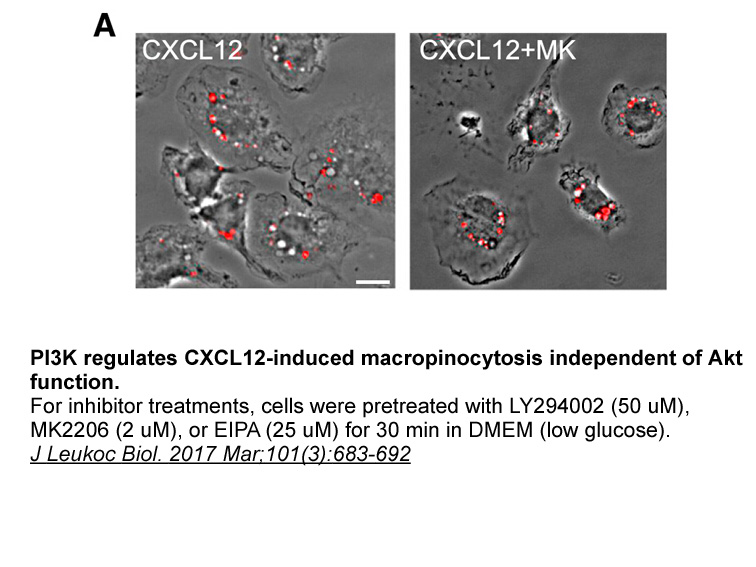
A main finding of this study was that the impact of exogenous insulin on hippocampal memory and glucose utilization was GluT4-dependent. Although insulin was administered directly to the hippocampus, it is important to point out that such administration does indeed have physiological relevance; that
-
A number of GCK activators for treating T D have
2021-09-29
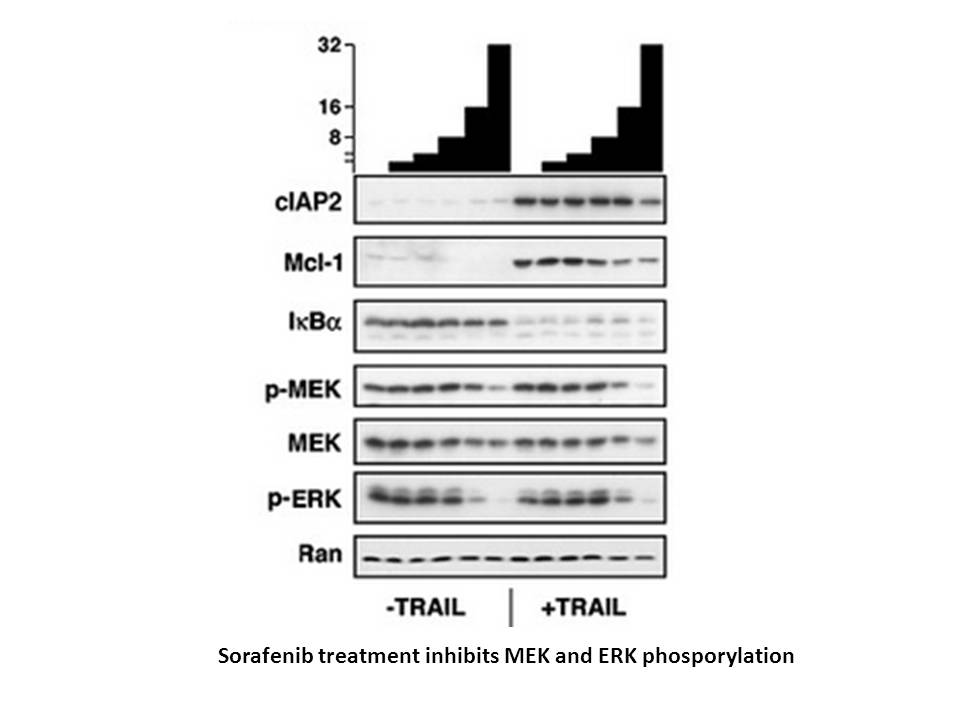
A number of GCK activators for treating T2D have been developed and tested but not progressed successfully from clinical trials into therapy [45]. Our observations suggest that increased risk of hypoglycemia might be possible, particularly if drugs penetrate into brain. A further possibility is that
-
Bafetinib australia The HH signaling has also
2021-09-29

The HH signaling has also been implicated in the regulation of cancer stem Bafetinib australia (CSC) by promoting their self-renewal [53]. Activated HH signaling has been identified in CSCs of many solid tumors, such as glioblastoma, breast, colon, pancreatic cancer, melanoma, and hematological mal
-
br Results and discussion br Conclusion In
2021-09-28
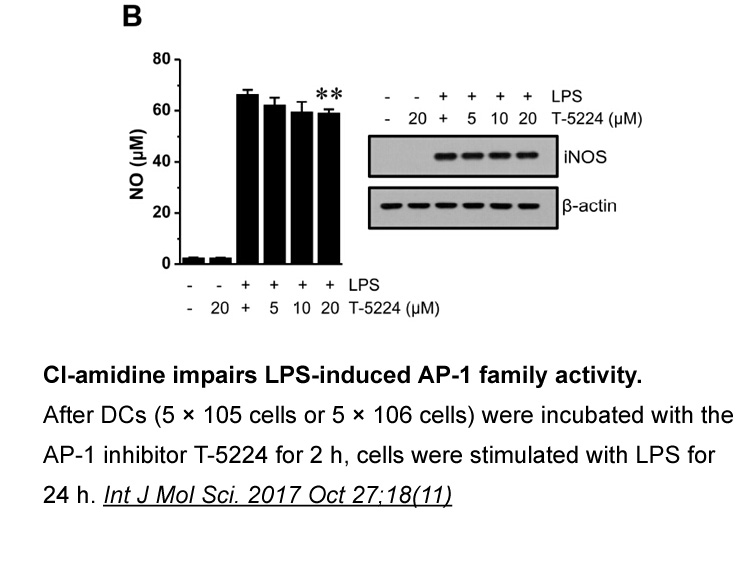
Results and discussion Conclusion In the continued SAR study of our previous heterocycle scaffolds represented by Prednisolone 2, we focused especially on improving their drug-like physicochemical properties directed by lipophilicity, LE and LLE. After explored several heterocyclic scaffolds,
-
Imatinib As a part of our continuing efforts towards discove
2021-09-28
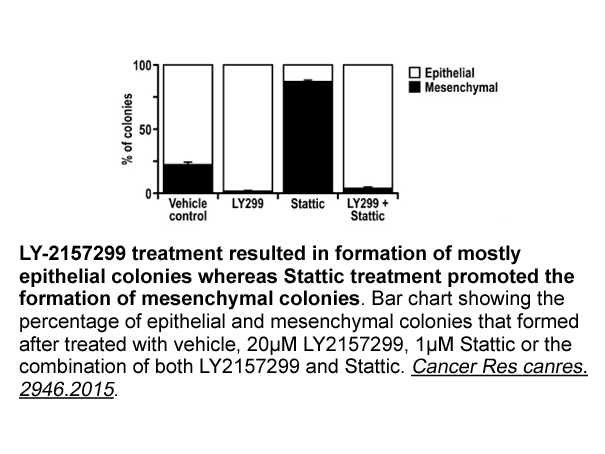
As a part of our continuing efforts towards discovery of new class of compounds against different therapeutic areas and based on the literature reports, we designed a dual pharmacophore which possess a long aliphatic chain of free fatty acids and a phenyl propanoid part of known GPR40 agonists. Here
-
Results of studies on fish
2021-09-28

Results of studies on fish FBPase are somewhat confusing: although fishes skeletal muscles possess relatively high FBPase activity (Knox et al., 1980, Lushchak et al., 2001) and the isozyme present therein has kinetic properties typical to all vertebrates muscle FBPases (Rosenmann et al., 1977), inv
-
br Conclusions H K demethylases perform an important catalyt
2021-09-28
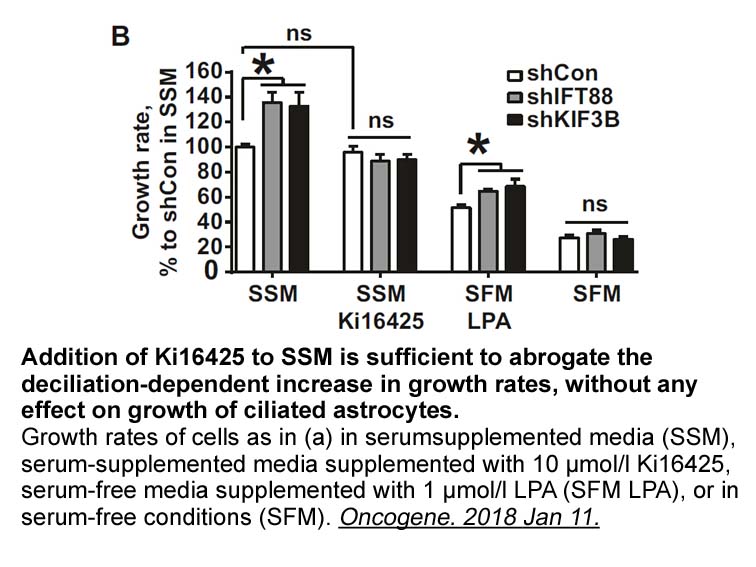
Conclusions H3K27 demethylases perform an important catalytic function in mediating change in gene expression, whether it is during cell differentiation or activation, because they remove repressive marks from histones which opens the chromatin and facilitates transcription. The number of publica
-
Enzyme parameters obtained for GC E variants can further
2021-09-28
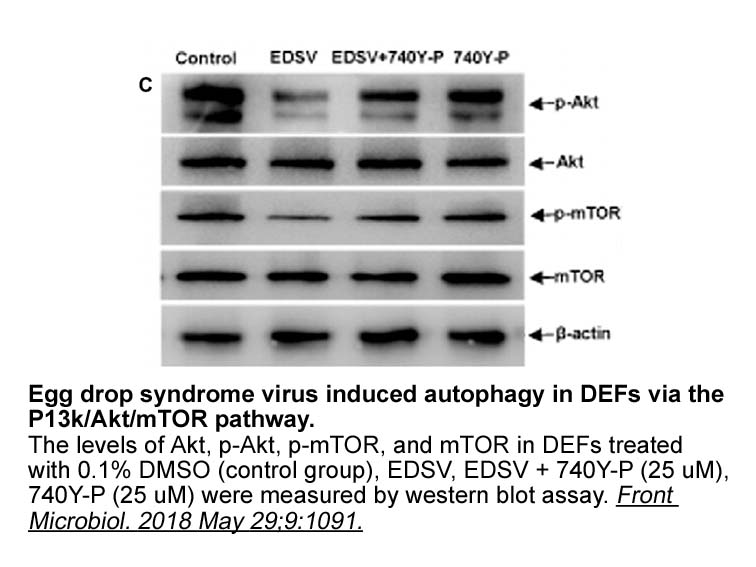
Enzyme parameters obtained for GC-E variants can further be introduced in kinetic models of phototransduction using computational approaches. A similar approach has been successfully applied in the investigation of disease causing mutations of GCAP1 to simulate rod and cone photoresponses under dise
-
br Conclusions br Introduction Astrocytes contribute to phys
2021-09-28

Conclusions Introduction Astrocytes contribute to physiological lactacystin function on many levels. They help maintain the physiological composition of the extracellular medium by, for instance, buffering potassium and uptake of neurotransmitters. They can also provide neurons with energy su
-
In this study we also investigated the
2021-09-28
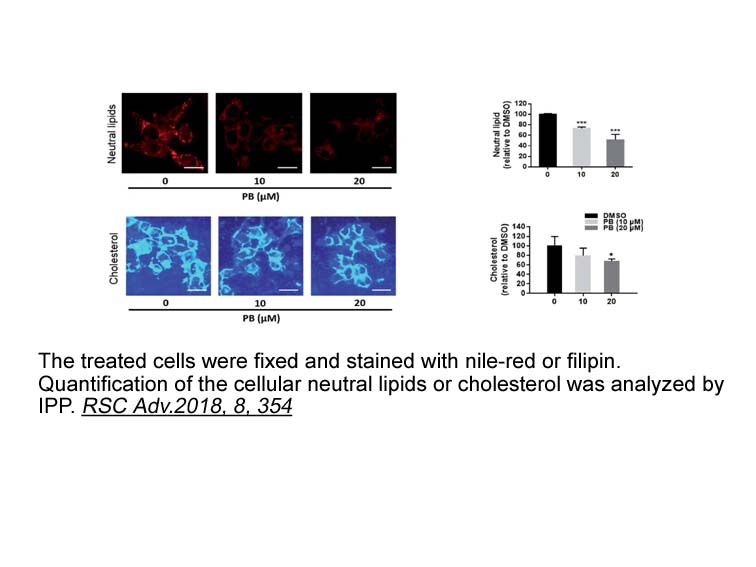
In this study, we also investigated the role of GST CAL-101 in relation to ASD. In univariable analyses, where the role of each GST gene (i.e., GSTM1, GSTT1, GSTP1) was individually assessed, we did not observe any significant associations between the GST genotypes and ASD. In contrast, a previous s
15466 records 602/1032 page Previous Next First page 上5页 601602603604605 下5页 Last page